How Associate Attorney Paola Camacho’s Hispanic heritage shapes her work
The move from El Paso to Charlottesville for law school was literally a breath of fresh air for Associate Attorney Paola Camacho. Growing up on the United States border with Mexico, she called one of the nation’s most polluted communities’ home, and says this experience is partially what fueled her desire to help people through protecting public health and the environment.
Shortly after Camacho graduated from the University of Virginia School of Law in 2020, she went to work doing legal research and support out of the Southern Enviromental Law Center’s Charleston office. When she’s not at her desk, you might find her enjoying nature with her two German shepherds, eating vegan fried chicken and waffles, or making art or homemade salsa.
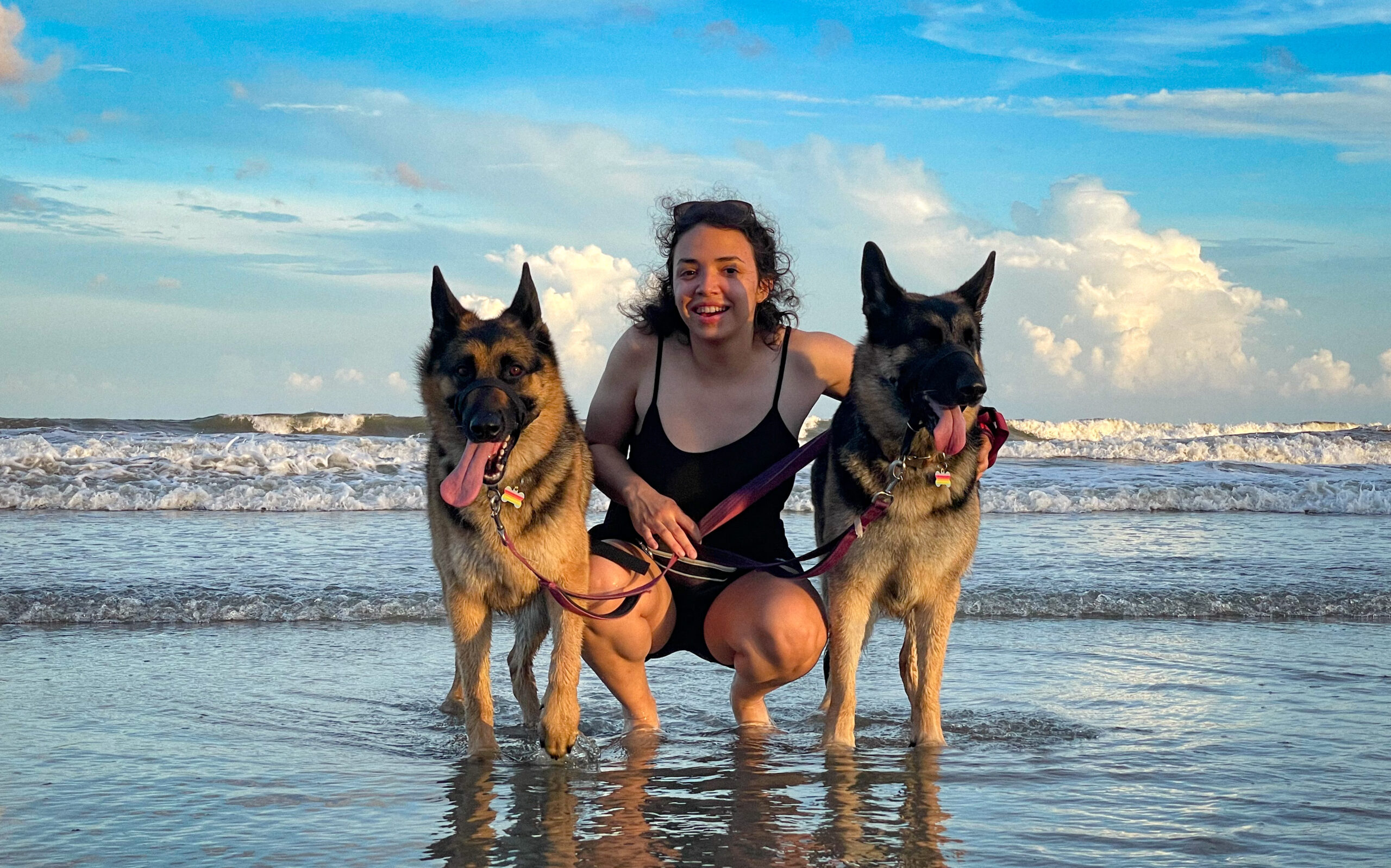
On her drive back home to Texas, she’ll usually take the long way. That’s because the most convenient route winds through miles and miles of “ugly” oil fields — and their gas flares and unpleasant odors that she’d rather avoid. “It’s a good reminder of why I do what I do,” Camacho says.
Read our full interview with Camacho below.
In 2020, the American Lung Association ranked the El Paso area as the thirteenth worst in the nation for ozone pollution. Tell us a bit about the environmental problems you experienced growing up.
I grew up with asthma. I never got to participate in P.E. and I never really thought about why so many other kids at school had asthma. I started learning more about the environment and the effects of pollution later in life, and at some point, it clicked. I thought, ‘Oh my gosh! There’s a lot of asthma in El Paso. I probably got it because of the pollution.’
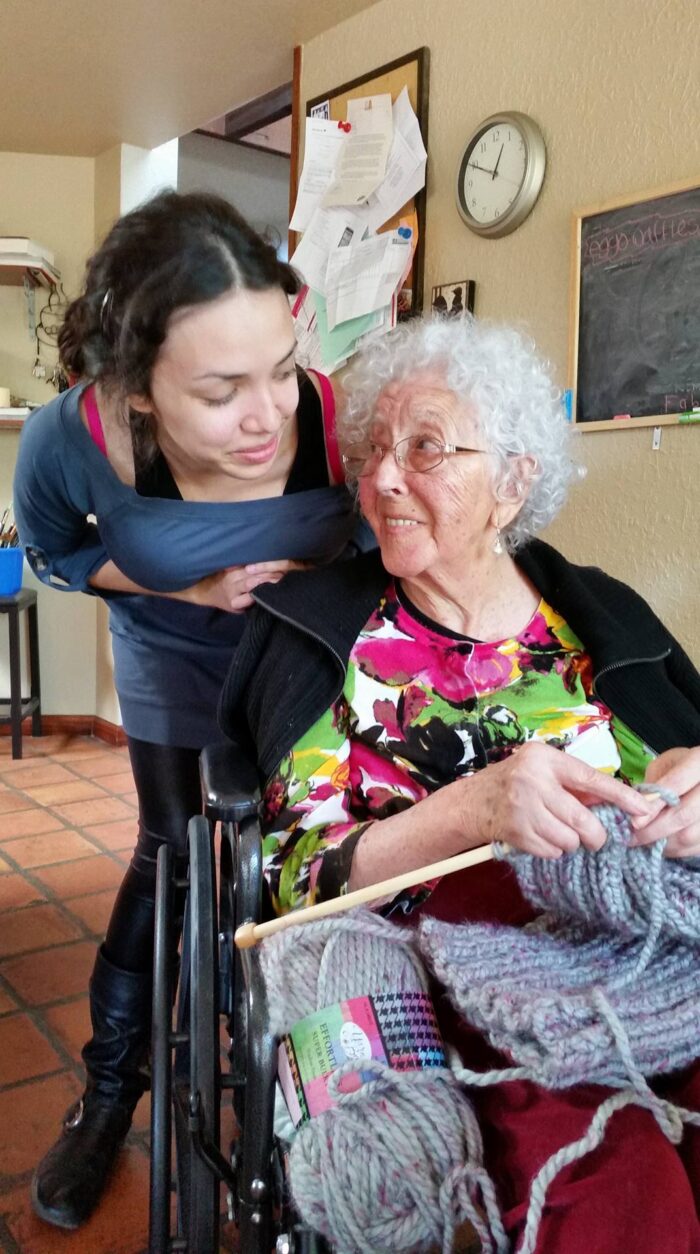
Asthma gets a lot better when you breathe cleaner air. When I moved to Charlottesville for grad school, I was shocked by how well I could breathe.
Day in and day out, the United States and Mexico share the pollution of stalled vehicles at the border crossings. My community on the El Paso side of the border is one of the most polluted in America, partially because of the traffic and industrial activity — including recycling facilities and major highways located right next to schools — but it’s even worse in Juarez on the Mexican side. A lot of people live without heating and cooling systems in Juarez, and over winter, there is added pollution from people burning tires for heat.
I experienced the pollution as a child and learned more about it when I was a law student and got to intern back home for a semester to help our community fight back.
I worry about my family because of the extreme heat and lack of access to water in Texas. Water is a source of life. As for the heat, El Paso is going to be the new Phoenix. We have 110-degree summers and no shade so every year it gets more unbearable. It’s even worse across the border in Juarez because their infrastructure isn’t as good — there’s a lot of concrete over there and no shade.
How aware of these environmental issues are the people of El Paso?
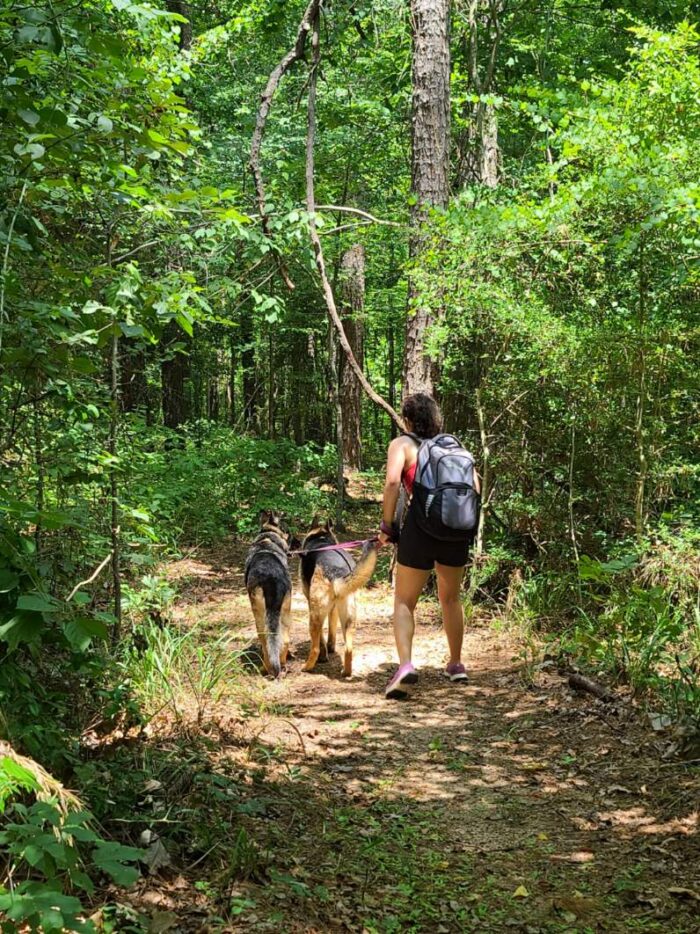
A lot of people are not aware. Life is rough, especially when you don’t have the privilege of taking time to learn about things like environmental pollution. A lot of people are just focused on raising their kids and helping them with school. Some people work more than full time. It’s even harder with costs going up now — there are all these things that are more pressing for a lot of people.
At the end of the day, they know they want their kids to breathe clean air, be safe, and well fed.
Speaking of fresh air, what’s your favorite way to get outside?
I’m happiest seeing my dogs Malala and Nymeria happy in nature. They’re why I love the outdoors. For a long time, I believed I couldn’t do much physical activity because of my asthma. I got a German shepherd in 2014 and they obviously have to go outside a lot. This is how I started hiking, discovering trails, and building up my health. When I was in Charlottesville, I loved, loved, loved Shenandoah National Park.
It’s Hispanic Heritage Month. Help us celebrate by sharing your favorite Mexican tradition or way to honor your heritage.
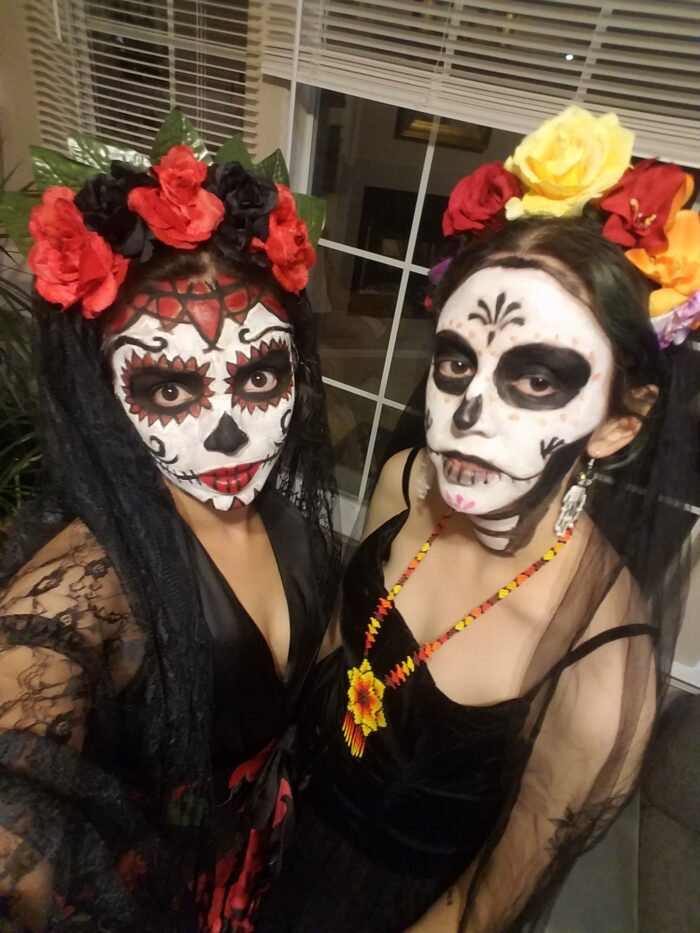
I love Dia de los Muertos. I find it amazing that Mexico retains some Aztec traditions. The Spanish conquistadores tried to eradicate everything about the Aztecs, but today Mexico cherishes its Aztec heritage with pride and holds traditions dear — even though it evolved to fit the religion Spain set.
As an adult, I love the holiday for the resilience it represents, but as a kid, for its colorful festivities. I remember going to the crowded cemetery to visit my grandpa’s grave on Dia de los Muertos. There’s music and food to honor our deceased relatives, and lots of candy and face painting of the ‘Catrinas,’ (skeleton people) for the kids.
All over public squares in Juarez and El Paso, you can see more elaborate altars. These days, we make an altar at home with pictures of our deceased family and dogs and put some of their favorite things and tokens on there, like the morning paper for my grandpa and some kibble for our old dog. Sometimes we will dress up as Catrinas for the occasion as well.
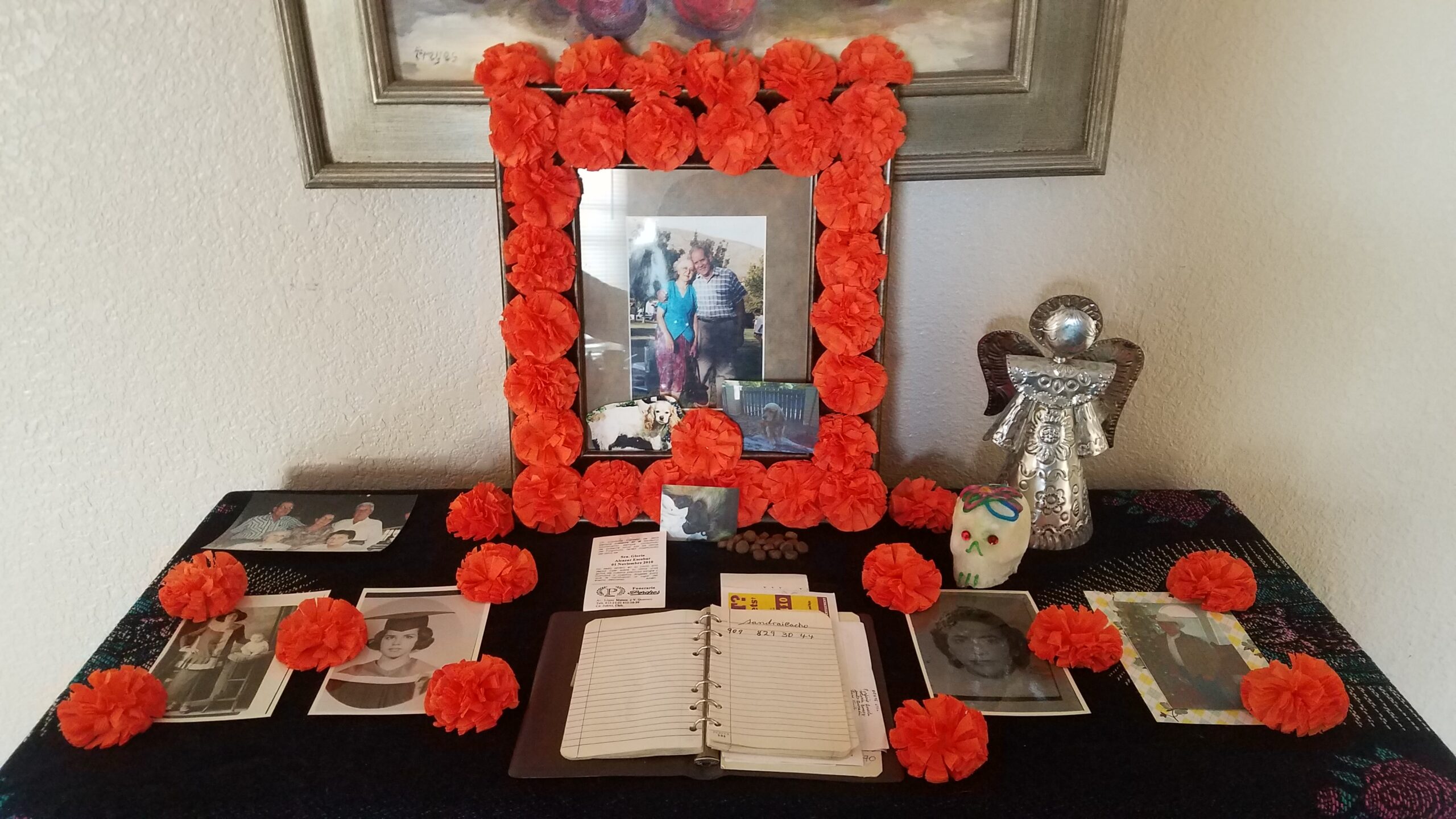
What are your hobbies outside of work?
Aside from spending time with my dogs, I also love art — mostly painting and charcoal drawing. I’ve been painting since I was little. My style is somewhere between realism and impressionistic. And I went through a phase of baking big fancy cakes!
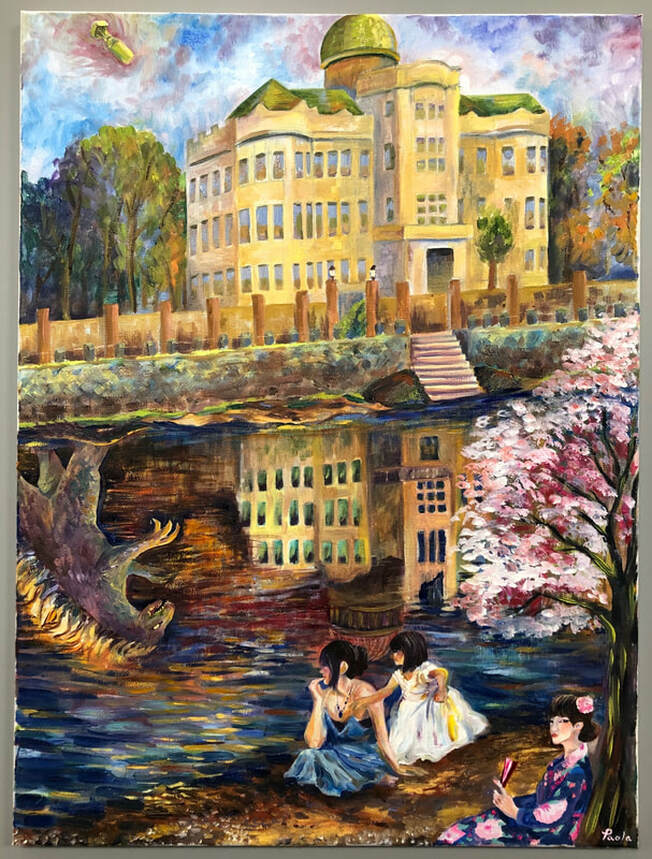

What can you share about your role at SELC as an associate attorney?
I provide a lot of support to the staff attorneys, like doing research, writing comment letters, filing Freedom of Information Act requests, and reviewing thousands of pages of documents in litigation to find the most helpful or relevant information for our cases. Now I’m more focused on building up future cases, like in the Charleston area where we suspect there are a lot of polluting facilities not following permitting requirements. This is really unacceptable for protecting public health.
